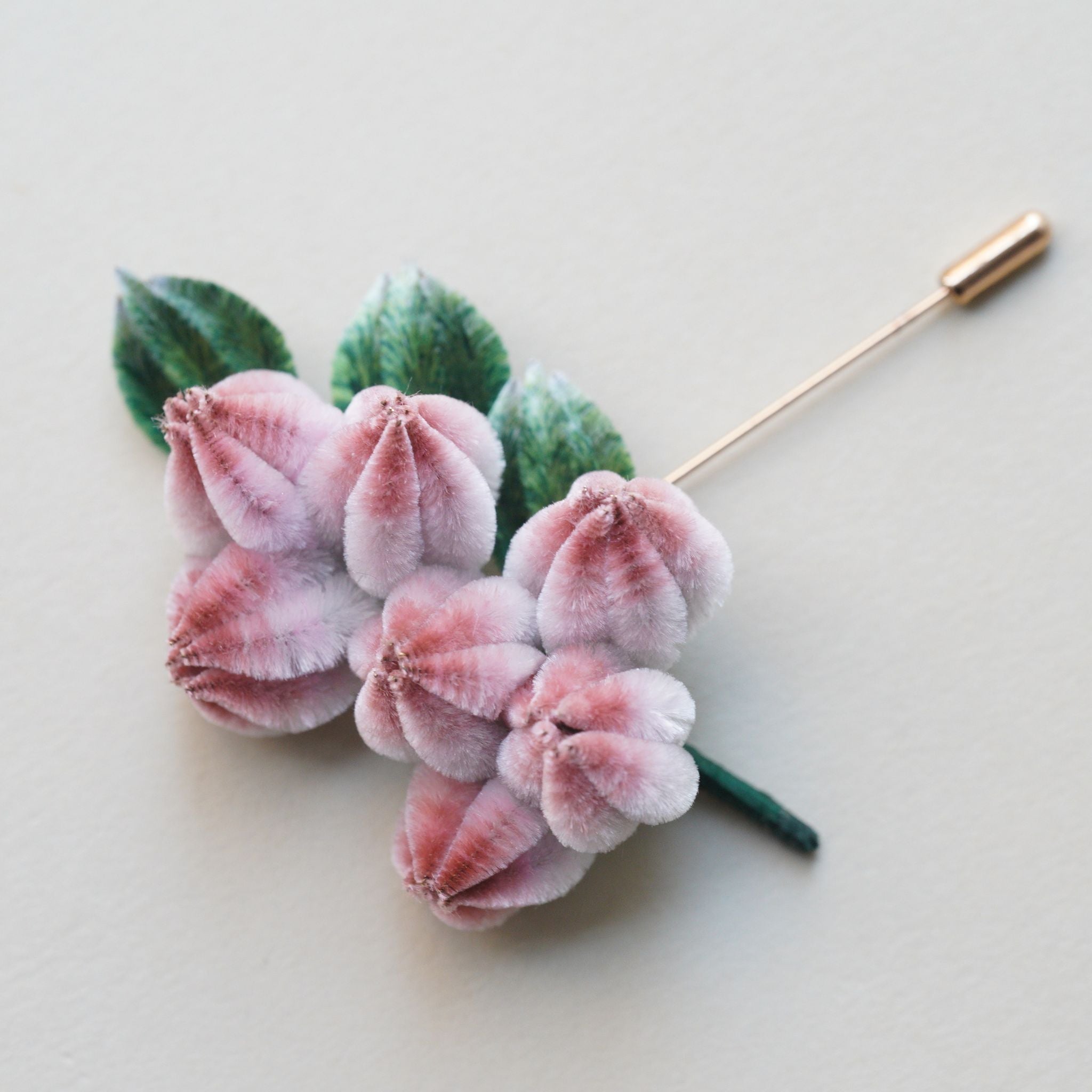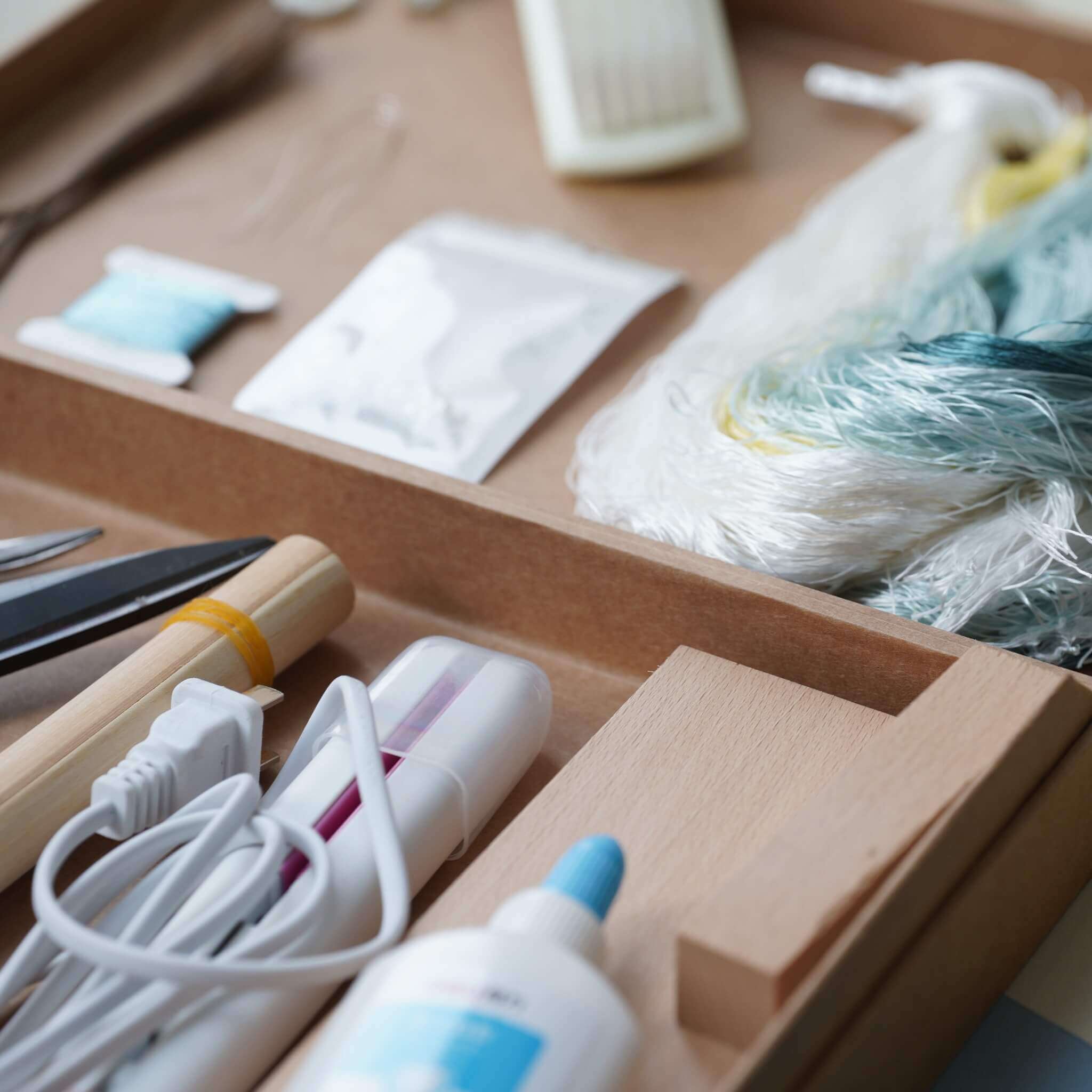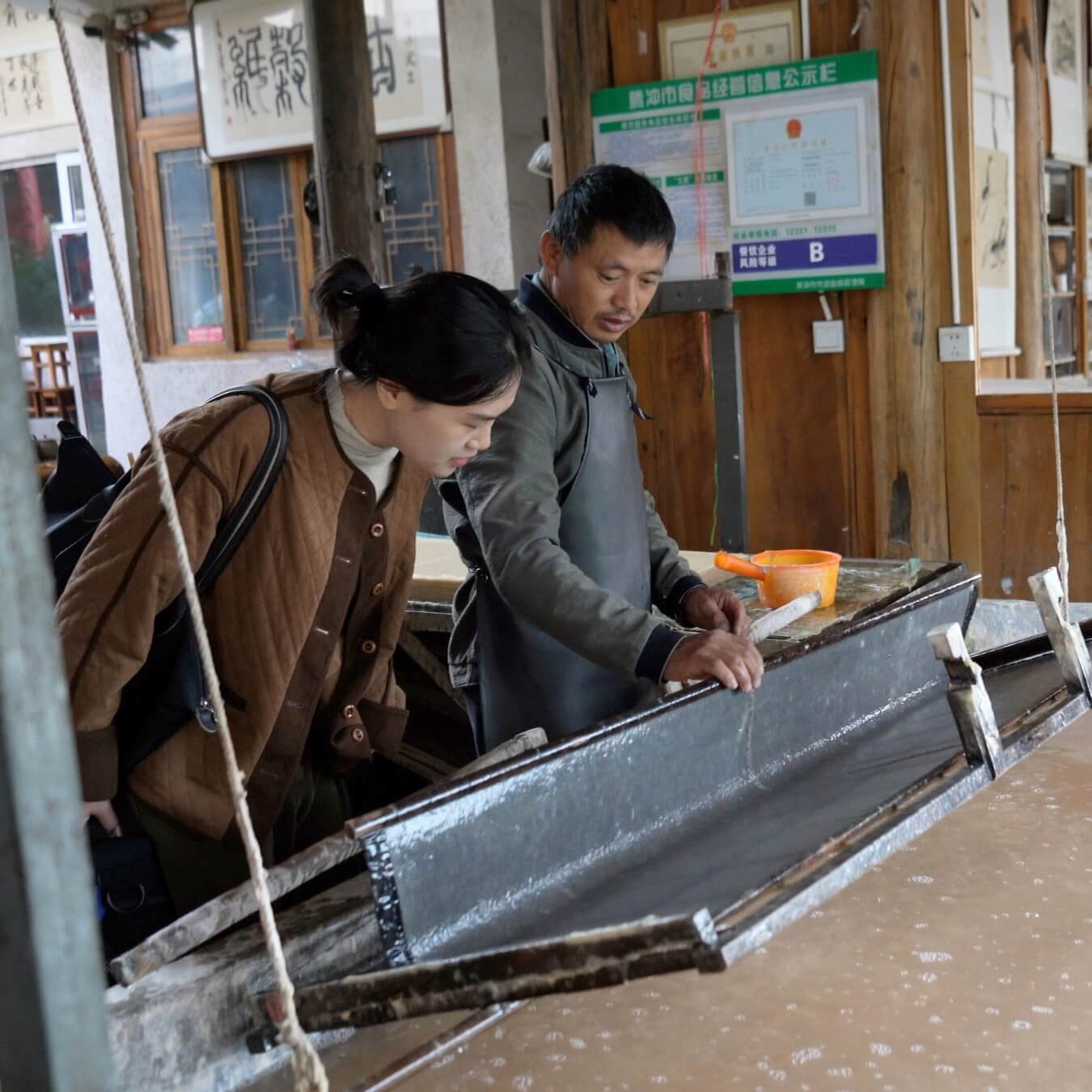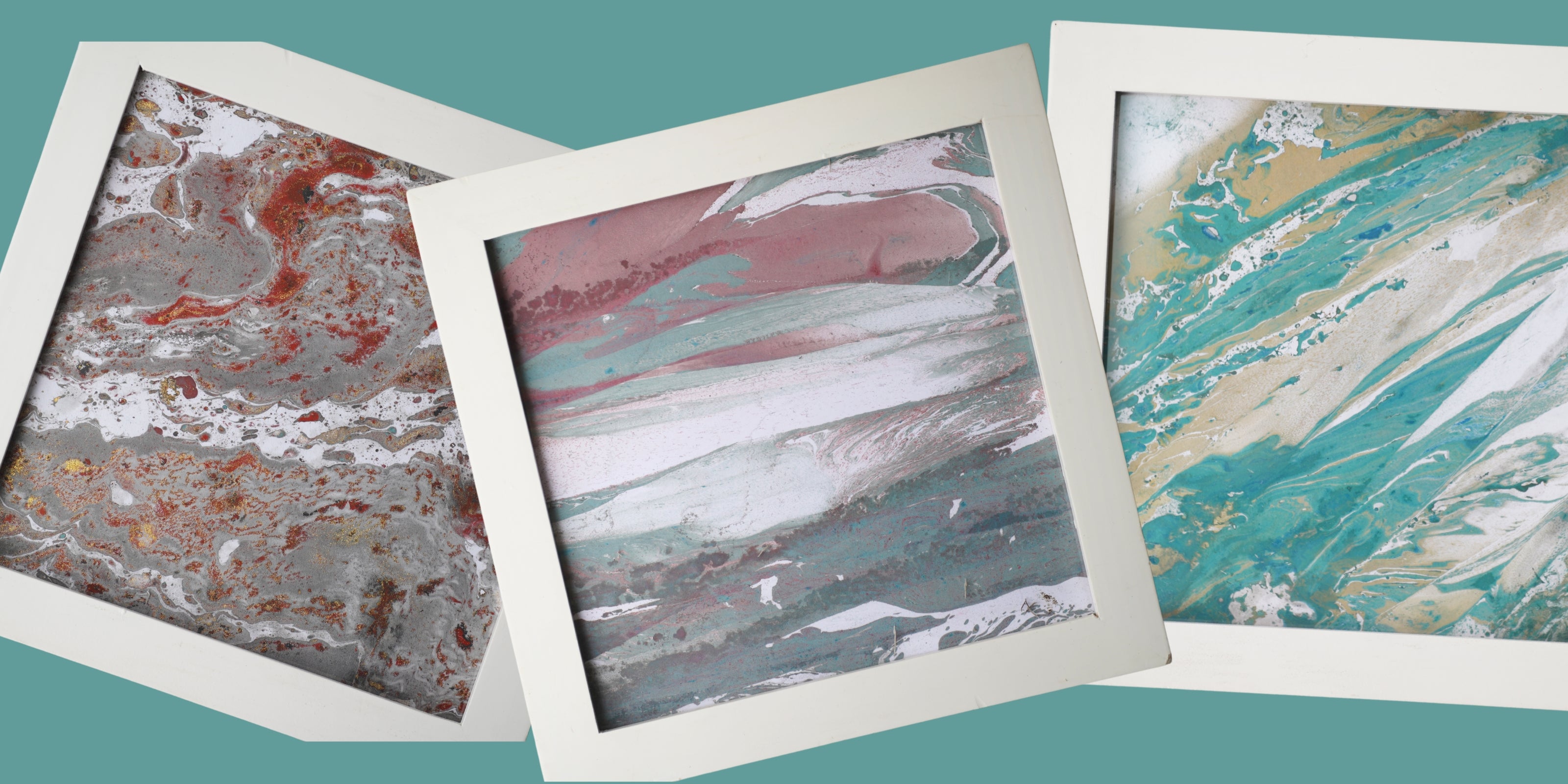We’re so surrounded by information today that it’s easy to forget how challenging it once was to find a way to record it all.
Last week, we headed to Tengchong, a small city on the border of China and Myanmar, to explore its local take on traditional papermaking. Tengchong, located in the far west of Yunnan Province, is famous for its "99 volcanoes and 88 hot springs." Most tourists come here to soak in the natural hot springs and unwind, but there’s so much more to discover.

Tengchong boasts an incredible diversity of landscapes—towering volcanoes, lush wetlands, virgin forests, and peaceful rural villages. One of those villages is Xinzhuang, nestled at the foot of Gaoligong Mountain.
The village is home to three families that still make Xuan paper by hand. The Jiexiang family and the Gudian Wenbao family are run by two brothers, both dedicated to papermaking.
When we arrived, the village seemed to be still asleep. Only two elderly women were sitting by the street. One was carefully picking out impurities from a pile of soaked paper mulberry bark, and the other was cleaning the road.

Mr. Long, the owner of Gudian Wenbao, represents the 20th generation of papermakers in his family. He’s been making paper for over 20 years. He walked us through every step of the papermaking process. The fresh paper mulberry bark is soaked in limewater for a month, and sometimes, depending on customer preferences, it gets bleached first. After soaking, the bark is given to the village elders, who meticulously remove any remaining impurities. Once clean, the bark is ground into pulp, forming the initial stage of papermaking.

The real magic happens in a large water basin, where Mr. Long uses a bamboo screen. He dips it into the water, pulls it up, and in one fluid motion, a thin sheet of paper forms. He flips the screen over, and a stack of wet paper sheets starts to take shape. He squeezes out 80% of the water, leaving 20% to be dried on the wall using steam.

Mr. Long told us he can make up to 1,000 sheets of paper in a day, but when customers drop by, things tend to slow down.
The drying process takes place in a small room next to his old cowshed. Mr. Long uses firewood to heat the walls, then carefully layers the wet paper sheets to dry. When we visited, Mr. Long wasn’t working on drying, so I stopped by his brother’s place later. Fortunately, I arrived just in time to watch them in action.

After learning how each step of the papermaking process works and feeling the handmade sheets in my hands, I couldn’t resist the urge to try making a sheet.

According to the Long Family Genealogy, the family’s papermaking history goes back to the late Ming and early Qing dynasties. It was then that their ancestors discovered an abundance of paper mulberry trees in the Gaoligong Mountain forests and started making paper.

However, there’s a growing concern about the future of this craft. The price of paper mulberry bark has skyrocketed, increasing more than tenfold in recent years as people have realized how valuable it is for making high-quality Xuan paper. Will these raw materials run out one day? No one knows for sure, but it’s a challenge the papermakers will have to face.








Leave a comment
All comments are moderated before being published.
This site is protected by hCaptcha and the hCaptcha Privacy Policy and Terms of Service apply.